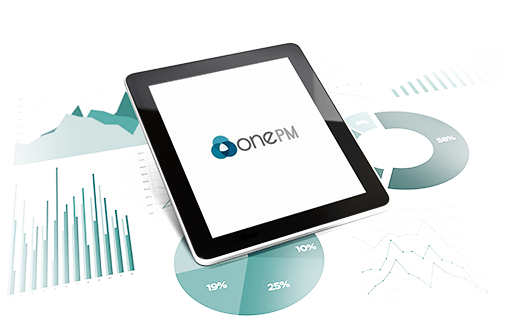Many organizations believe that making sound maintenance decisions requires a whole lot of data.
It’s a logical assumption — you do need to know things like the number of times an event has occurred, its duration, the number of spare parts needed, and the number of people engaged in addressing the event; plus the impact on the business and the reason why it happened.
A lot of this information is captured in your Computerized Maintenance Management System (CMMS). The more detail you have, the more accurate results you can get from maintenance scenario simulation tools like Isograph’s Availability Workbench™. Unfortunately, your CMMS data may be lacking enough detail to yield optimal results.
It’s enough to make anybody want to throw his or her hands up and put off the decision indefinitely. If you do, you could be making a big mistake.
No matter what, you’re still going to have to make a decision. You have to.
The truth is, you can still do a lot with limited or poor quality data, supported by additional sources of knowledge. Extract any and all information you have available, not just what is in the CMMS. Document what you’ve got, then use it to make a timely decision that’s as informed as possible.
Don’t get caught up in the fact that it’s not perfect data — circumstances in the real world are hardly ever ideal. In fact, as reliability engineers, most of the data we get is related to failure, which is exactly what we’re trying to avoid. Actually, if we are tracking failures, having less data means we are likely doing our jobs well because that means we are experiencing a low number of failures.
The bottom line is: we can’t afford to sit and wait for more data to make decisions, and neither can you.
Gather as much information as you can from all available sources:
CMMS
In an ideal world, this is the master data record of all activities performed. As discussed previously, that is almost never the case; however, this is an important starting point to reveal where data gaps exist.
Personal experience and expertise
There’s a wealth of information stored within the experience of people who are familiar with any given piece of equipment. Consider holding a facilitated workshop to gather insight on the equipment’s likely performance. Even a series of informal conversations can yield useful opinions and real-world experiences.
The Original Equipment Manufacturer (OEM)
Most OEMs will have documentation you can access, possibly also a user forum you can mine for additional information.
Industry databases
e.g., the Offshore and Onshore Reliability Data Handbook (OREDA) and Process Equipment Reliability Database (PERD) by Center for Chemical Process Safety (CCPS)
Some information is available in these databases, but it’s generic — not specific to your unique site or operating context. For example, you can find out how often a certain type of pump fails, but you can’t discover whether that pump is being used on an oil platform, refinery, power station or mine site. Industry data does, however, provide useful estimates on which you can base your calculations and test your assumptions.
Capture all these insights in an easily accessible way, then use what you’ve learned to make the best decision currently possible. And be sure to record the basis for your decision for future reference. If you get better data down the road, you can always go back and revise your decisions — after all, most maintenance strategies should remain dynamic by design.
Don’t let a lack of data paralyze you into inaction. Gather what you can, make a decision, see how it works, and repeat. It’s a process of continuous improvement, which given the right framework is simple and efficient.
Availability Workbench™, Reliability Workbench™, FaultTree+™, and Hazop+™ are trademarks of Isograph Limited the author and owner of products bearing these marks. ARMS Reliability is an authorized distributor of those products, and a trainer in respect of their use.


